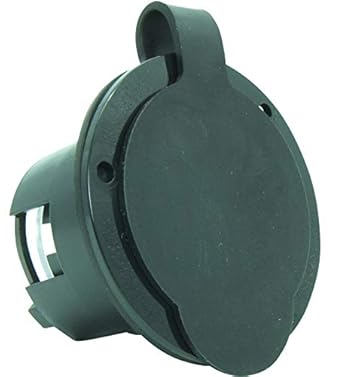I am wanting to install a 30 amp inlet box on the side of my house and wire it to a standard 15 amp receptacle. So in a power outage i can run a generator cord to the side of the house. Unplug the AC from the normal receptacle and plug it into the receptacle power by my generator.
I know they sell cables and conversion plugs to change it from a 4 to 3 prong. But i have never wired anything like this. I know my new generator is a bonded neutral and the inlet box is metal and i dont want it becoming energized. So i need to figure out to do with the neutral and ground, thanks.
This
![Image]()
to this
![Image]()
I know they sell cables and conversion plugs to change it from a 4 to 3 prong. But i have never wired anything like this. I know my new generator is a bonded neutral and the inlet box is metal and i dont want it becoming energized. So i need to figure out to do with the neutral and ground, thanks.
This

to this









